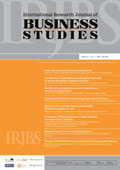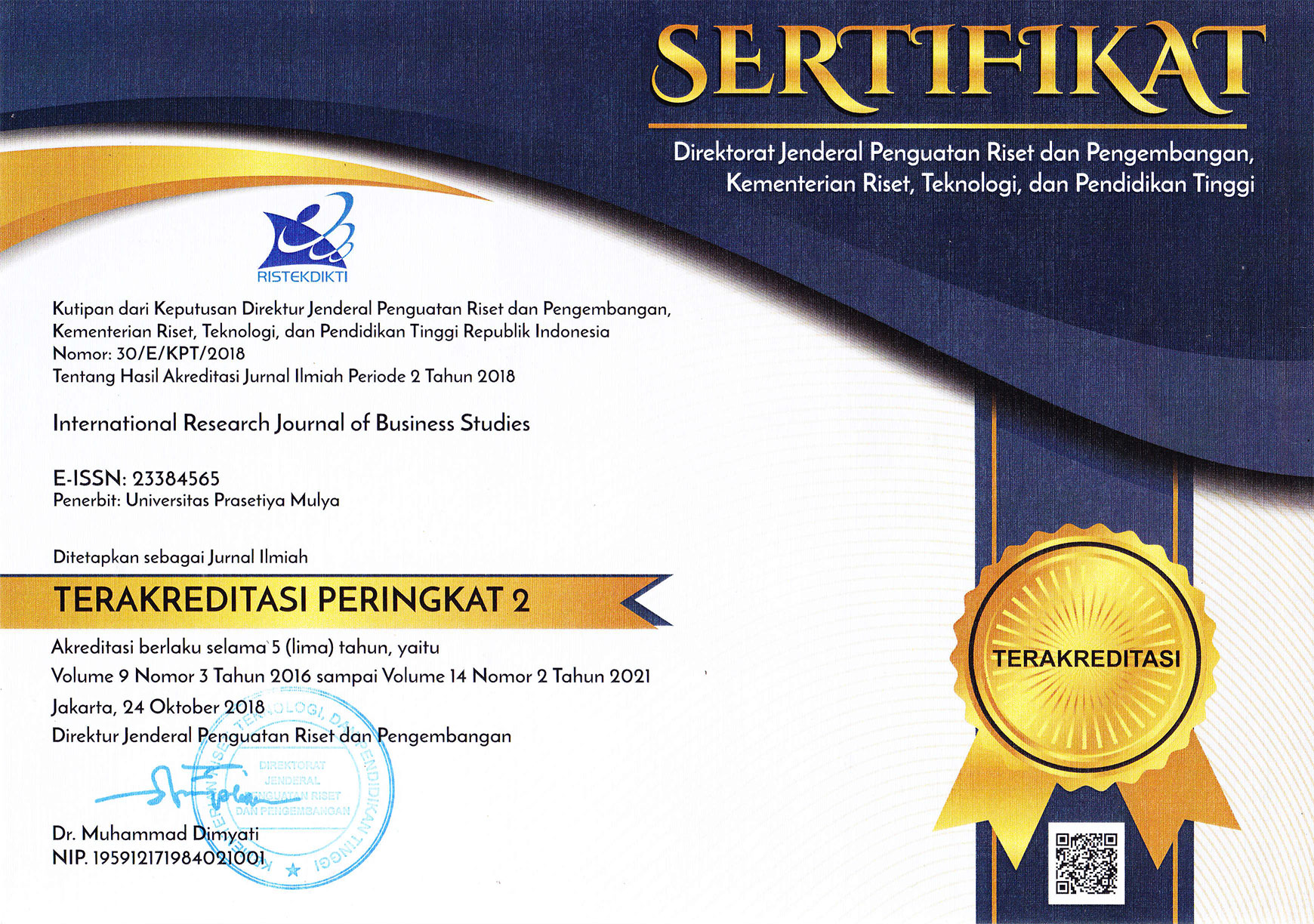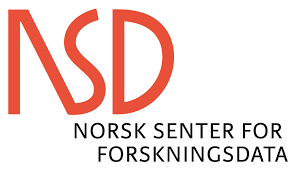Article Metrics |
|
|
Strategy for Recovery from Indonesian Financially Distressed Companies in Crisis
Abstract
At the time of writing, the International Monetary Fund (IMF) declared a global economy recession due to pandemic crisis. The spread of coronavirus shut down many companies and put them in financial distress. Many previous studies investigate the strategy for firms’ recovery in normal economic condition. However, firms may adopt different strategies during crises. The Asian crisis is a well-known example of a temporary, but stiff contraction across industries. In this case, troubled firms demand certain corporate strategies to recover from the crisis. The main purpose of this study is to undertake an empirical examination of Indonesian financially distressed firms as they strive to recover during the severe crisis. It compares the strategy between recovered and nonrecovered firms. Successful strategies for recovery are identified through Altman’s Emerging Market Score. The strategies involve four types of restructuring such as operational, financial, asset, and management restructuring. This study uses the number of employees decreased, debt restructuring, disposal of assets, and change of the CEO as the proxy of the respective types of restructuring. The success of debt restructuring appears to be the most important differentiator of recovery.
Keywords:
Asian crisis, Financial distress, Financial restructuring, Recovery strategy, Indonesia
* School of Business and Economics, Universitas Prasetiya Mulya, Kampus Cilandak, Jakarta, Jl. RA. Kartini (TB Simatupang) Cilandak Barat, Jakarta, 12430
Full Text:
References
Allen, F., Gale, D. 1998. Optimal financial crises. Journal of Finance, 53, 1245 - 1284.
Altman, E. 1993. Corporate Financial Distress and Bankruptcy. 2nd edition. New York: John Wiley & Sons.
Altman, E. 2005. An emerging market credit scoring system for corporate bonds. Emerging Markets Review, 6, 311 - 323.
Altman, E., Hotchkiss, E. 2005. Corporate Financial Distress and Bankruptcy. 3rd edition. New York: John Wiley & Sons.
Bibeault, D. 1982. Corporate Turnaround: How Managers Turn Losers into Winners. New York: McGraw Hill.
Castrogiovanni, G., Baliga, B. and Kidwell, R. E. 1992. Curing sick businesses: Changing CEOs in turnaround efforts. Academy of Management Executive, 6(3), 26-41.
Chan, T. and Abdul-Aziz, A. 2017. Financial performance and operating strategies of Malaysian property development companies during the global financial crisis. Journal of Financial Management of Property and Construction, 22(2), 174-191.
Chowdhury, S. D. and Lang, J. R. 1996. Turnaround in small firms: an assessment of efficiency strategies. Journal of Business Research, 36(2), 169-178.
Claessens, S., Djankov, S. and Ferri, G. 1999. Corporate distress in East Asia: Assessing the impact of interest and exchange rate shocks. Emerging Markets Quarterly, Summer, 8 -13.
Claessens, S., Djankov, S. and Nenova, T. 2001. Corporate risk around the world. Washington, D.C: World Bank.
Denis, D. and T., Kruse. 2000. Managerial discipline and corporate restructuring following performance declines. Journal of Financial Economics, 55: 391-424.
Falkenberg, A., Chong, L. C. and Prinz, P. 2004. Asset and cost retrenchment in turnaround strategies - A large sample study of corporate responses to the Asian Crisis in Singapore. Paper presented at the 4th Asia Academy of Management Conference, Shanghai, People’s Republic of China.
Gilson, S. C., John, K. and Lang, L. H. P. 1990. Troubled debt restructurings: An empirical study of private reorganization of firms in default. Journal of Financial Economics, 27, 315 - 353.
Hill, H. and Shiraishi, T. 2007. Indonesia after the Asian Crisis. Asian Economic Policy Review, 2, 123–141.
John. 1993. Managing financial distress and valuing distressed securities: A survey and research agenda. Financial Management, 60 - 68.
Kahl, M. 2002. Economic distress, financial distress, and dynamic liquidation. Journal of Finance, 57(1), 135 - 168.
Kruger, H-M., Meaton, J., & Williams, A. 2020. Pandemic Continuity Planning: will coronavirus test local authority business continuity plans? A case study of a local authority in the north of England. Emergency Management Review, 4(1), 4-27.
Lasfer, M. and Remer, L. S. 2010. Corporate financial distress and recovery: the UK evidence, Available at SSRN: http://ssrn.com/abstract=1704411 or http://dx.doi.org/10.2139/ssrn.1704411, 41. London.
O'Neill, H. 1986. An analysis of the turnaround strategy in commercial banking. Journal of Management Studies, 23, 165-188.
Paolone, F. and Rangone, A. 2015. The Application of the Emerging Market Score Model in China during the Global Crisis Period: A Countertrend. Chinese Business Review, 14(10), 484-498
Pearce II, J. A. and Robbins, K. 1993. Toward improved theory and research on business turnaround. Journal of Management, 19(3), 613-636.
Sheppard, J. P. and Chowdhury, S. D. 2005. Riding the wrong wave: Organizational failure as a failed turnaround. Long Range Planning Journal, 38(3), 239-260.
Shleifer, A. and Vishny, R. 1992. Liquidation value and debt capacity: A market equilibrium approach. Journal of Finance, 47, 1343 - 1365.
Sudarsaman, S and Lai, J. 2001. Corporate financial distress and turnaround strategies: An empirical analysis. British Journal of Management, 12(3), 183–199.
Tse, R. Y. C. 2000. China's real estate market and the Asian financial crisis. Emerging Market Quarterly, 4(4), 51-59.
Whitaker, R. B. 1999. The early stages of financial distress. Journal of Economics and Finance, 23(2), 123-132.
Copyright (c) 2020 INTERNATIONAL RESEARCH JOURNAL OF BUSINESS STUDIES
International Research Journal of Business Studies has been covered by the following services: | ||||||||||||||||||||||||
|




















